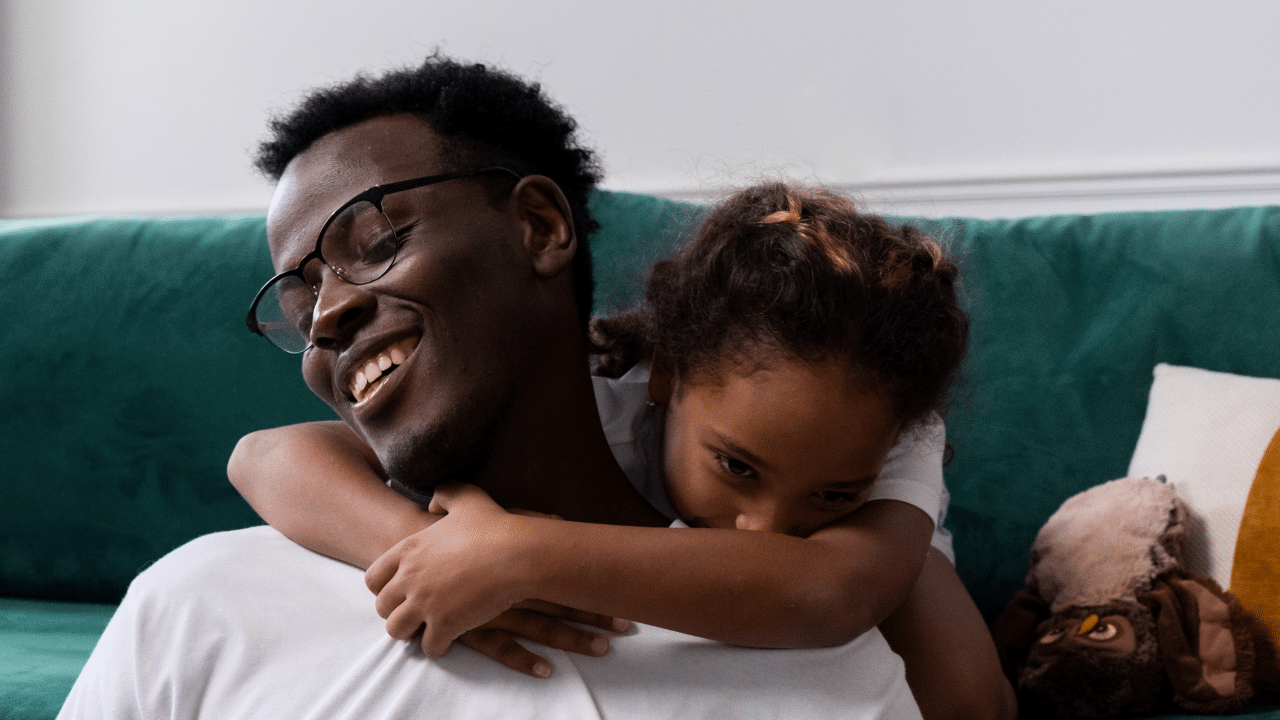We Know Investing In Families Works. Why Are We Still Investing in Harm?
November 15, 2022
November 15, 2022



A key tenet of abolition is the recognition that carceral systems are not broken; no amount of reform can fix them. Yet time and again, family policing systems push forward the same reforms – a maddening demonstration that the more things change, the more they stay the same. The pandemic, and now endemic, have placed the family policing system under additional stress. Like always, children and families trapped in its carceral web bear the brunt of it. The weaponizing of the system against families supporting their transgender children in Texas is but one recent example of the worst of its carceral approach.
While the system is not broken, it has become more and more clear that sustaining it is untenable. The family policing system’s punitive approach does not – and cannot – ever authentically heal or prevent anything. We know that direct financial support and community-controlled solutions help families. Let us make this moment an opportunity to invest in what works, and divest from what causes harm.
The untenability of the system is visible in severe caseworker shortages, rising caseloads, and increased burnout, as reported in Maryland and Tennessee. The family policing system’s narrative is that even more children are put “at risk” when there are not enough caseworkers to “protect” them and “support” their families. Family policing reformers then call for the same old solutions: pay caseworkers more, lower caseloads, develop modernized data tracking tools, ease funding restrictions, and even contract services to so-called umbrella agencies. All of these are further investments in the system, and the same harmful outcomes result.
Family bonds are a key source of emotional stability for both parents and children, especially during stressful times such as when housing is insecure. Yet the family policing system designates housing insecurity as cause for removal of a child. Children separated from their families by the system are now in living conditions comparable to or worse than before the separation, but without the support of trusted adults in their lives. They are forced to sleep in unpredictable rotations of shelters and hotels, and even in government offices, as reported in Cleveland, Pennsylvania and Virginia. Why is it that unstable housing is enough of a hazard to warrant family policing systems’ forcible removal of children from their families, but becomes an acceptable solution once a removal occurs?
Reformers are responding to this crisis by calling yet again for more investments into the system: recruitment of more foster parents and increasing payments to them (when in fact the system has never had enough foster parents). Abolitionists often question why it is considered necessary to provide direct financial assistance to foster parents when those financial resources directed to birth parents could have prevented the “need” for separation. NPR recently highlighted that families whose children were removed were sent large bills, adding insult to injury. A Marshall Project investigation uncovered how family policing agencies “repay” themselves by claiming children in the foster system’s survivor benefits. Agencies are now finally taking steps to end this practice – an important step to correct an immoral policy that never should have existed.
We also see further reinforcement of the same solutions in the outcomes of litigation; these are the same compliance-related “victories” that chip away at repairing harm the system has done – much of which is too little, too late for system-impacted children and families. In Illinois, for example, the head of the Division of Children and Family Services was found in contempt of court over ten times for keeping children in residential treatment when the court had ordered them to be released. A State Senator called the agency head “delusional” for saying Illinois was one of the best systems in the country, despite being under a consent decree for over three decades. It is confounding to name any system a model when the outcomes for children, families and communities are so damaging. Instead of the tired notion that these same efforts will make a difference this time, let’s shift our vision to thoughtfully dismantle a system that often causes more harm, while investing in community-controlled innovations, as well as directly in families.
We now have evidence that these kinds of investments work. The federal child tax credit reduced child poverty by more than 26%, with greater reductions among Black and Latine children. Nearly 90 percent of families who received it spent the money on basic costs of living such as food, clothing or rent. Even prior to the pandemic, we learned much about the impact of direct cash assistance through Universal Basic Income pilots, like those in Stockton and Compton, CA. The United States is an extremely wealthy nation, yet has one of the highest child poverty rates globally among its peers. While it is unfortunate that it took the pandemic to catalyze politicians’ willingness to provide basic resources to our nation’s most economically distressed families on a broader scale, let us learn from and expand upon it post-pandemic.
Long before the pandemic, communities stepped up to support one another when their government didn’t. Community-based mutual aid networks gained visibility during the pandemic for providing support to individuals and families, both financial and non-financial. Those networks, and other innovative, community-driven ways of addressing family and community needs like food insecurity – another systemic condition of living in poverty that can be grounds for removal of children from their homes – have outlasted the pandemic and continue to help families, on their terms, without the threat of separation.
Critically, the pandemic also shed a bright light on the false perception that without the family policing system’s oversight, children would be at greater, more dire risk. The unfounded fear that child abuse would dramatically rise without the watchful eye of the family policing system has now been debunked. We know that instances of child maltreatment actually decreased during the pandemic and that direct economic supports helped many families who were struggling to make ends meet during this time.
We had evidence that children deemed “at risk” could remain safely at home prior to the pandemic, too. New Orleans Judge Ernestine Gray used her power from the bench to virtually eliminate court-ordered child removals within the parishes under her purview, noting, “We shouldn’t be taking kids away from their parents because they don’t have food or a refrigerator…People have a right to raise their children.” A study in the Columbia Journal of Law concluded that her decisions did not result in more cases of abuse. More judges could follow her example and use their power to keep families together rather and care for their needs, rather than tear them apart.
The Supreme Court decision to overturn Roe v. Wade further heightened the sense that there will be an influx of children into the system and that the system must brace itself by increasing its resources. Efforts to “transform” the system and focus on “prevention services” masquerade as a new approach that does little to alter the system’s core tools of surveillance, regulation, and separation. Our vision must shift from reforming or transforming family policing to thoughtfully and collaboratively dismantling it.
Instead of treading down the same well-worn policy and legal paths yet again, we hope this is a moment to materially address the root causes the system has defined as “neglect” and falsely attributed to individualized, pathologized, and racialized failures of parenting. A new direction will grow our investments in families and communities rather than buttressing carceral systems and help us continue to learn what takes root when we prioritize direct financial assistance and community-based care, support, safety, and healing.